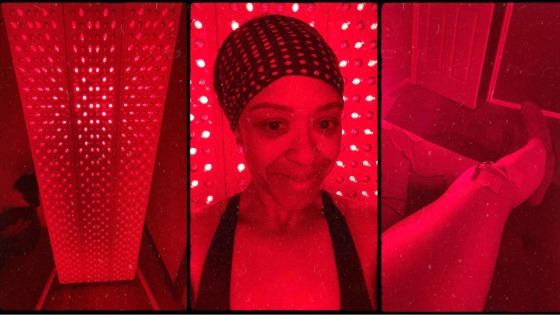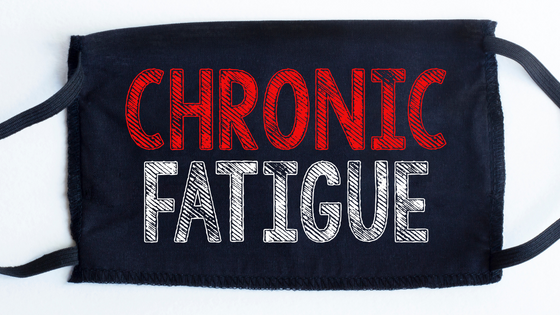Also known as myomas or leiomyomas, fibroids are non-cancerous tumors that can be found on the wall of the womb or uterus. Basically, they are overgrowths of uterine smooth muscle cells.
Types of Fibroids
- INTRAMURAL FIBROIDS – Often regarded as the most common type, it is embedded in the muscular wall of the womb.
- CERVICAL FIBROIDS – This type can be found in the cervix.
- SUBMUCOSAL FIBROIDS – Located in the muscles beneath the inner lining of the wall, this type can grow into the womb’s cavity.
- SUBSEROSAL FIBROIDS – These types grow beyond the wall of the womb. They also exist within the surrounding outer uterine tissue layer.
Fibroid Symptoms
Apart from growing inside the uterine cavity, they can also be found on the outside of the uterus where they block the opening of the cervix. Symptoms of fibroids range include:
- Painful menstrual periods which can also be referred to as menorrhagia.
- Painful and heavy uterine bleeding which can cause anemia.
- Lower backache
- Discomfort noticed in the lower abdomen (especially for large fibroids).
- Severe pains experienced in the leg region.
- Constipation
- Frequent urination
- Dyspareunia (Persistent and recurrent genital pain experienced before, during and after sexual intercourse).
- Infertility
- Miscarriage
While some women deal with the above physical and resulting due to having fibroids, they can also be symptomless. Because it isn’t always obvious if you have fibroids, it’s a great idea for all women to take steps to naturally prevent these common uterine growths. It is encouraged that you talk to your doctor to conduct an ultrasound or an MRI in order to diagnose they causes of your symptoms.
Fibroid Causes
The true cause of fibroids remains unclear. However, medical experts believe that some of these factors are related to its formation and development. They include:
- Genetic factors
- Race
- Hormone Imbalances
- Excessive intake of alcohol
- Obesity
- Poor diet
- Estrogenic foods, conventional meat, dairy, soy, food additives
- Exposure to hormone-disrupting chemicals that mimic estrogen such as BPA
- High blood pressure
- Hypothyroidism
- Early menstruation, before the age of 10
- Being on birth control
Various Fibroid Treatment Options
Just as I did, every woman had the responsibility of educating themselves on their options when it comes to their treatment options. So many factors come into play such as lifestyle, family planning, and risk factors. Below are a few of the most common treatment options.
HYSTERECTOMY – This process involves the partial or total removal of the womb or uterus along with the attached fibroids. For women who aren’t interested in having children again, this provides a permanent solution to fibroids.
PROS
- It is a permanent treatment for fibroids that can also bring much-needed relief.
- No recurrence.
CONS
- Recovery might take some time
- Bleeding
- Can damage other organs
- The ovaries and uterus continue to perform health enhancing functions throughout a woman’s life. Ovaries produce at least 4 hormones that we know of – estrogen, progesterone, testosterone, and DHEA. Many doctors are unaware of the important role testosterone and DHEA have in maintaining hormonal balance, energy levels, and good health.
MYOMECTOMY – Women who still plan on having children can consider using this procedure. Myomectomy removes the symptom-causing fibroids and leaves the uterus intact.
PROS
- It is a safer procedure when compared with others
- It is a lower risk method
CONS
- Complications can occur in the process albeit rare.
- The fibroids can still grow back after some years.
- It may affect fertility
UTERINE FIBROID EMBOLIZATION (UFE) – This is a radiological procedure that is used to reduce the size of fibroids by blocking the supply of blood to the fibroid.
PROS
- Recovery rate after surgery is high
- It is less invasive.
CONS
- It is not suitable for a woman that hasn’t completed childbearing.
It is important to understand that no matter what option you choose, there will still be factors that you will need to consider post-op. If you don’t take steps to become balanced hormonally, you will continue to have hormonal symptoms and related health issues and with the myomectomy and UFE, there is a possibility that the fibroids will regrow.
Natural Fibroid Remedies
NATURAL FIBROID REMEDIES – There are certain natural remedies and treatments that can help treat fibroids. They include:
- Avoiding foods that make fibroids worse
- Eating foods that help relieve fibroids
- Supplements
- Essential Oils
- Herbal Teas
- Castor Oil Pack
- Avoiding Exposure to Environmental Toxins
- Proper Exercise
- Acupuncture
- Massage
Making these will drastically mitigate the occurrence or recurrence of fibroids. Incorporating these critical lifestyle and dietary changes, and having regular medical checkups.
If you are looking for more tips and support, join me over on my group page, The Village – A Natural HEALing Community, to get tons of information and tips to help you take your HEALTHY EATING and ACTIVE LIVING to the next level.





+leave a comment . . .